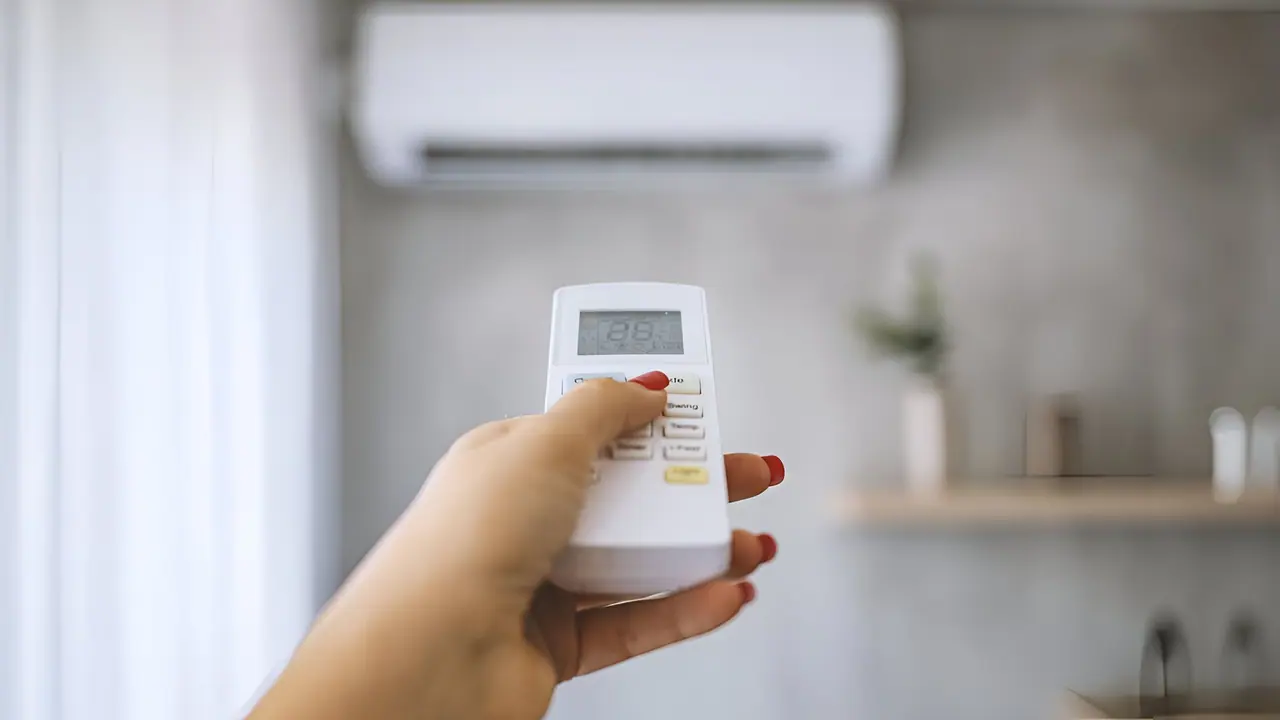The Indian government will soon implement a new standard temperature range for air conditioners. The minimum temperature will be set at 24°C and the maximum at 28°C. This is expected to help reduce electricity consumption.
If you bought an AC for your home thinking you could set it to 10°C for maximum cooling, you'll soon be out of luck. The central government will soon impose limits on how low you can set your AC temperature. This applies not only to homes but also to offices and cars. The Ministry of Power is working to implement a new standard temperature range for air conditioners across the country.

"In view of the rising temperatures due to climate change and the increasing use of cooling systems, we have decided to set the minimum temperature of ACs, including in cars, at 24°C and the maximum at 28°C," said Union Power Minister RK Singh.
Why is govt implementing new rule?
The new rules aim to bring uniformity in air conditioner usage and help reduce excessive power consumption due to extremely low cooling settings, the minister said. Implementation will be rolled out soon, he added.
The revised limits are part of a larger policy framework aimed at improving residential and commercial energy efficiency and reducing electricity bills, the minister said.
In India, ACs in homes and offices often operate below 20°C, leading to high energy consumption. If the new rule comes into effect, ACs currently having a temperature range of 18°C (or 16°C in some ACs) to 30°C will be limited to 24°C at the lowest possible temperature and 28°C at the highest.
According to the Bureau of Energy Efficiency (BEE), most ACs are set between 20°C and 21°C, while the ideal comfortable range is 24–25°C. Increasing the temperature from 20°C to 24°C can save about 24% of electricity, while every 1°C increase can save about 6% of electricity. If half of India's AC users adopt this change, the country could save 10 billion units of electricity annually and reduce electricity bills by Rs 5,000 crore.


